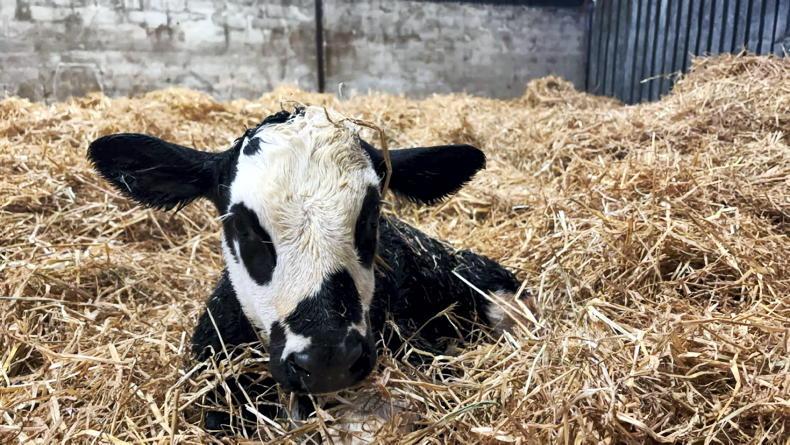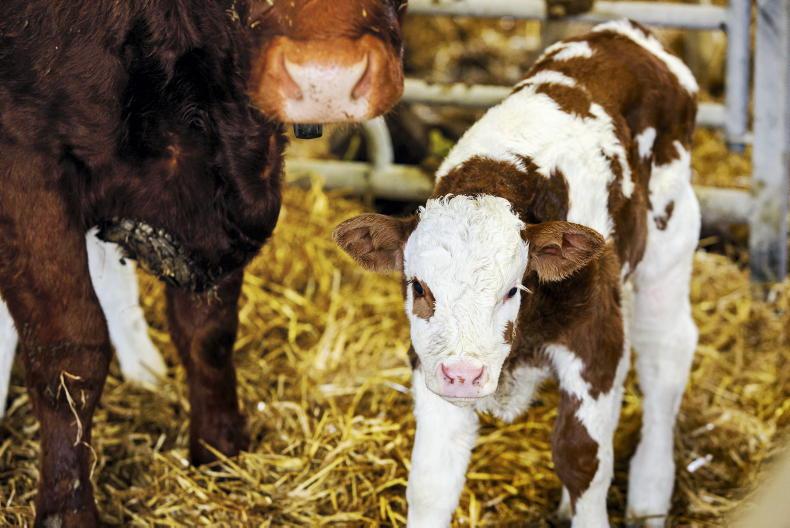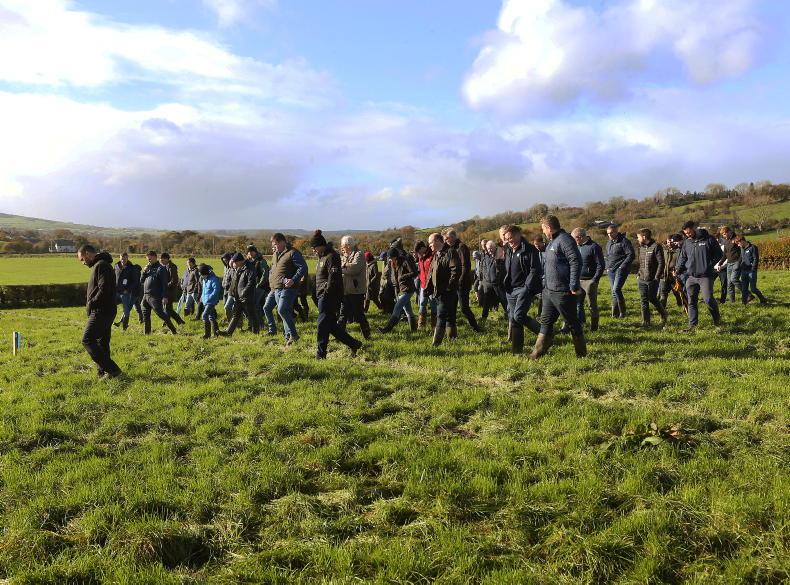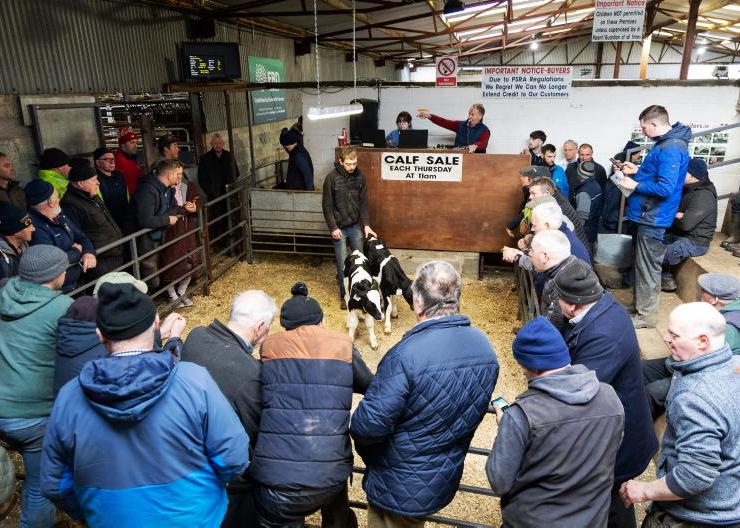Calving has started with a bang. We’re only two weeks into our eight-week autumn calving block and we are already over one-third of the way through.
We have never had as many calves this early on. Although the workload has been heavy, having so many calves in the first two weeks will give the cows more time to come into heat before breeding begins, so I won’t complain.
We’re delighted with the sexed semen results so far (100% heifers), with conception rates on par with
those achieved using conventional semen.
Multiple benefits
Sexed semen represents a significant technological advancement in farming, providing multiple benefits, such as more targeted breeding of replacements and the ability to produce more beef animals
of greater value from the
dairy herd.
The only downside to calving so far has been the number of twins – we’ve had five sets. This can be tough on the cows, so I am not a fan of these multiple births.

Jessica Pollock.
However, it seems to be more common in recent years. I’m unsure if this is solely due to increased fertility, or if other factors in the breeding process are influencing the high number of twins.
Although I’ve complained about the weather all year, autumn has started off well.
While dry cows and freshly calved cows are housed full-time, all other animals are still currently grazing, with replacements out full-time and the spring calving batch grazing during the day.Although this could quickly change, there is still plenty of grass available and the animals are thriving. They will remain out as long as conditions allow.
Grass growth
Current grass growth is greater than usual for this time of year and with higher temperatures forecast for this week, hopefully grass will continue to grow.
All our slurry has been spread, with the tanks now empty and the lagoon at its lowest level.
This, combined with the large number of animals still grazing, should leave us in a good position for whatever challenges spring may bring next year.
As mentioned in last month’s article, with dry cows housed earlier than usual and milking cows needing to be buffer-
fed in August, it has put added pressure on our silage supplies.
However, we have purchased maize silage, which we hope to receive this week. The plan is to start feeding it to the autumn calvers at the beginning of November.
Farm walk
Next Tuesday (October 22), I have the pleasure of hosting the Ulster Grassland Society (UGS) autumn farm walk. If you’d like to visit, please book through the UGS website.
Calving has started with a bang. We’re only two weeks into our eight-week autumn calving block and we are already over one-third of the way through.
We have never had as many calves this early on. Although the workload has been heavy, having so many calves in the first two weeks will give the cows more time to come into heat before breeding begins, so I won’t complain.
We’re delighted with the sexed semen results so far (100% heifers), with conception rates on par with
those achieved using conventional semen.
Multiple benefits
Sexed semen represents a significant technological advancement in farming, providing multiple benefits, such as more targeted breeding of replacements and the ability to produce more beef animals
of greater value from the
dairy herd.
The only downside to calving so far has been the number of twins – we’ve had five sets. This can be tough on the cows, so I am not a fan of these multiple births.

Jessica Pollock.
However, it seems to be more common in recent years. I’m unsure if this is solely due to increased fertility, or if other factors in the breeding process are influencing the high number of twins.
Although I’ve complained about the weather all year, autumn has started off well.
While dry cows and freshly calved cows are housed full-time, all other animals are still currently grazing, with replacements out full-time and the spring calving batch grazing during the day.Although this could quickly change, there is still plenty of grass available and the animals are thriving. They will remain out as long as conditions allow.
Grass growth
Current grass growth is greater than usual for this time of year and with higher temperatures forecast for this week, hopefully grass will continue to grow.
All our slurry has been spread, with the tanks now empty and the lagoon at its lowest level.
This, combined with the large number of animals still grazing, should leave us in a good position for whatever challenges spring may bring next year.
As mentioned in last month’s article, with dry cows housed earlier than usual and milking cows needing to be buffer-
fed in August, it has put added pressure on our silage supplies.
However, we have purchased maize silage, which we hope to receive this week. The plan is to start feeding it to the autumn calvers at the beginning of November.
Farm walk
Next Tuesday (October 22), I have the pleasure of hosting the Ulster Grassland Society (UGS) autumn farm walk. If you’d like to visit, please book through the UGS website.










SHARING OPTIONS